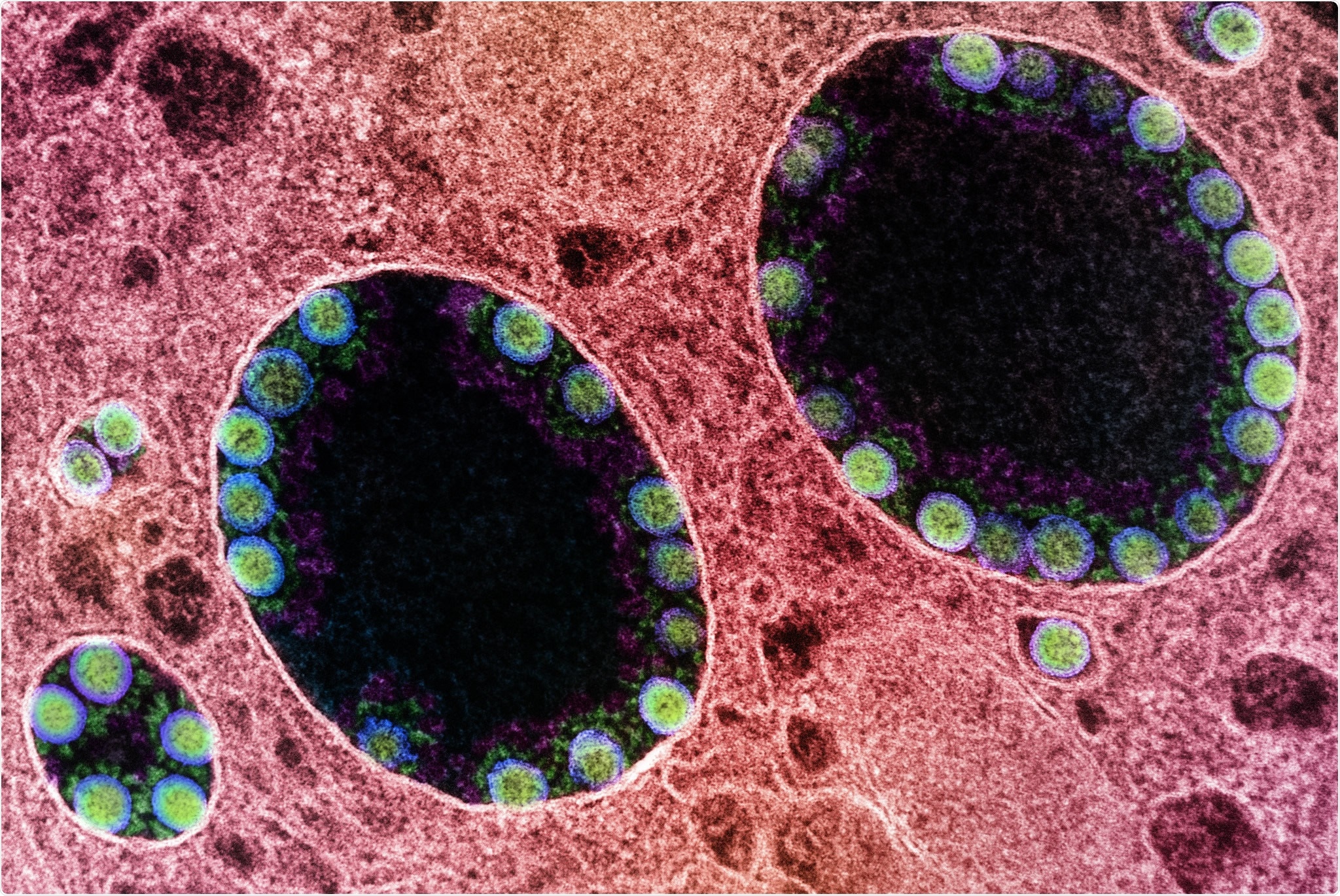Coronavirus disease (COVID-19) has affected 232 million people globally and caused 4.76 million deaths. 76% of the COVID-19 patients are known to have prolonged symptoms lasting more than six months, known as long COVID or post-acute sequelae of SARS-CoV-2 infection (PASC).
 Study: Risk factors associated with development and persistence of long COVID. Image Credit: NIAID
Study: Risk factors associated with development and persistence of long COVID. Image Credit: NIAID

 This news article was a review of a preliminary scientific report that had not undergone peer-review at the time of publication. Since its initial publication, the scientific report has now been peer reviewed and accepted for publication in a Scientific Journal. Links to the preliminary and peer-reviewed reports are available in the Sources section at the bottom of this article. View Sources
This news article was a review of a preliminary scientific report that had not undergone peer-review at the time of publication. Since its initial publication, the scientific report has now been peer reviewed and accepted for publication in a Scientific Journal. Links to the preliminary and peer-reviewed reports are available in the Sources section at the bottom of this article. View Sources
The symptoms of which include fatigue, dyspnoea, and dysosmia. Multiple symptoms often overlap and persist, and some may even appear after recovery. In addition, it has been reported that 5-10% of patients continue to experience moderate to severe problems at work and in social and family life eight months after the onset of COVID-19.
Though the impact of long COVID on society is immeasurable, it is possible to identify characteristics of patients who are more likely to develop long-term COVID-19 sequelae. This would also help in treating patients more effectively and preventing them from long-term damage.
In a recent report, researchers explored the possible risk factors for the development and persistence of longer post-COVID-19 sequelae in a Japanese cohort. A preprint version of the study is available on the medRxiv* server while the article undergoes peer review.
Study details
Japanese researchers conducted a cross-sectional survey among patients who had recovered from COVID-19 and had visited the National Center for Global Health and Medicine between February 2020 and March 2021. They prepared a questionnaire that involved details on demographic and clinical data and the presence and duration of the acute phase of COVID-19.
Demographic data involved age, sex, height, weight, smoking history, drinking history, underlying medical conditions, and obstetric history. Acute COVID-19 clinical data dealt with the presence of pneumonia, disease severity, oxygen therapy/mechanical ventilation/extracorporeal membrane oxygenation: ECMO, modes of treatment, and antivirals/steroids used.
Hypertension, diabetes, dyslipidemia, bronchial asthma, chronic obstructive pulmonary disease (COPD), myocardial infarction, malignancies, connective tissue/rheumatic diseases, immune-deficiency disease, and chronic kidney disease were common underlying medical conditions for the patients.
Disease severity was classified as per oxygen requirement. Mild diseases needed no oxygen therapy, moderate disease needed oxygen therapy without mechanical ventilation, and severe disease needed mechanical ventilation with or without ECMO.
Symptoms related to COVID-19 were fever, fatigue, shortness of breath (SoB), joint pain, myalgia, chest pain, cough, abdominal pain, dysosmia, dysgeusia, runny nose, conjunctivitis, headache, sputum, sore throat, diarrhea, nausea, loss of appetite, hair loss, depression, loss of concentration, and memory disturbance (MD).
Statistical analyses on the data thus obtained helped researchers identify factors associated with the development and longer persistence of COVID-19.
86.9% of patients responded to the questionnaires. The researchers analyzed 457 of 526 responses. The median age of patients was 47 years, and 84.4% (378) of them had a mild disease in the acute phase. 26.3% (120) and 8.8% (40) patients had at least one symptom after 6 and 12 months after onset or diagnosis, respectively.
The study showed women to be at risk for the development of fatigue, dysosmia (prolonged loss of smell), dysgeusia (prolonged loss of taste), and hair loss were at risk for persistence of any symptoms.
The most common post-infection sequelae were dysosmia, loss of concentration and fatigue, which lasted for four months, and hair loss, memory disturbance, and depression, which lasted for six months after recovery. Younger age and low body mass index were risk factors for developing dysosmia and dysgeusia.
Study implications
The study emphasized the female sex as being more vulnerable to developing longer post-infection sequelae from COVID-19, conforming to previous studies on the topic.
However, a significant conclusion was drawn from the study that antiviral medication or steroids had little impact on longer post-infection sequelae apart from dysosmia.
Out of 500-odd patients, most of whom had mild disease, about a quarter had at least one prolonged symptom for more than six months, indicating that many COVID-19 patients suffer from long-term residual symptoms, even in mild cases.
Further research on larger cohorts would help deduce more key facts regarding duration and post-infection sequelae of COVID-19.

 This news article was a review of a preliminary scientific report that had not undergone peer-review at the time of publication. Since its initial publication, the scientific report has now been peer reviewed and accepted for publication in a Scientific Journal. Links to the preliminary and peer-reviewed reports are available in the Sources section at the bottom of this article. View Sources
This news article was a review of a preliminary scientific report that had not undergone peer-review at the time of publication. Since its initial publication, the scientific report has now been peer reviewed and accepted for publication in a Scientific Journal. Links to the preliminary and peer-reviewed reports are available in the Sources section at the bottom of this article. View Sources
Article Revisions
- Apr 29 2023 - The preprint preliminary research paper that this article was based upon was accepted for publication in a peer-reviewed Scientific Journal. This article was edited accordingly to include a link to the final peer-reviewed paper, now shown in the sources section.